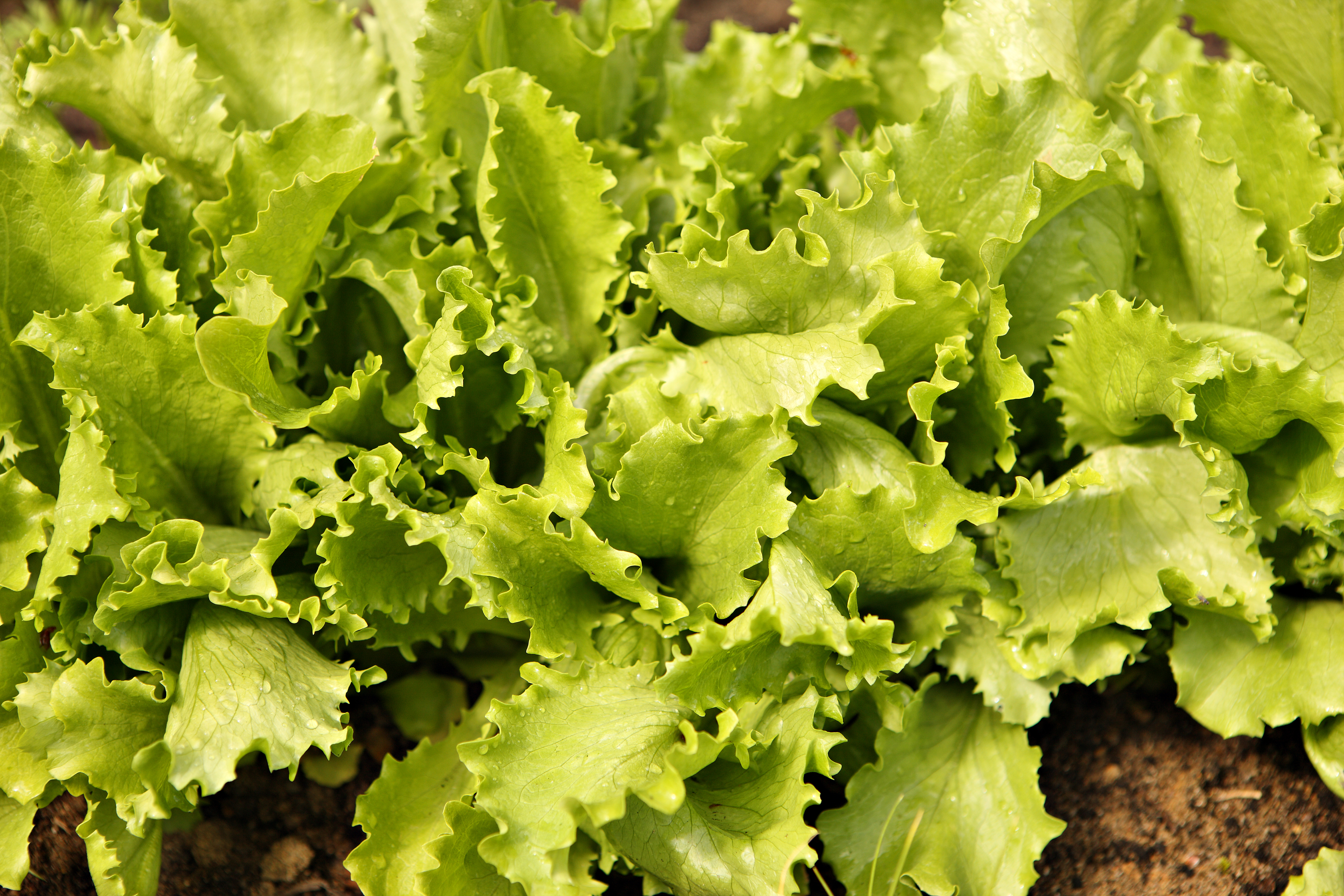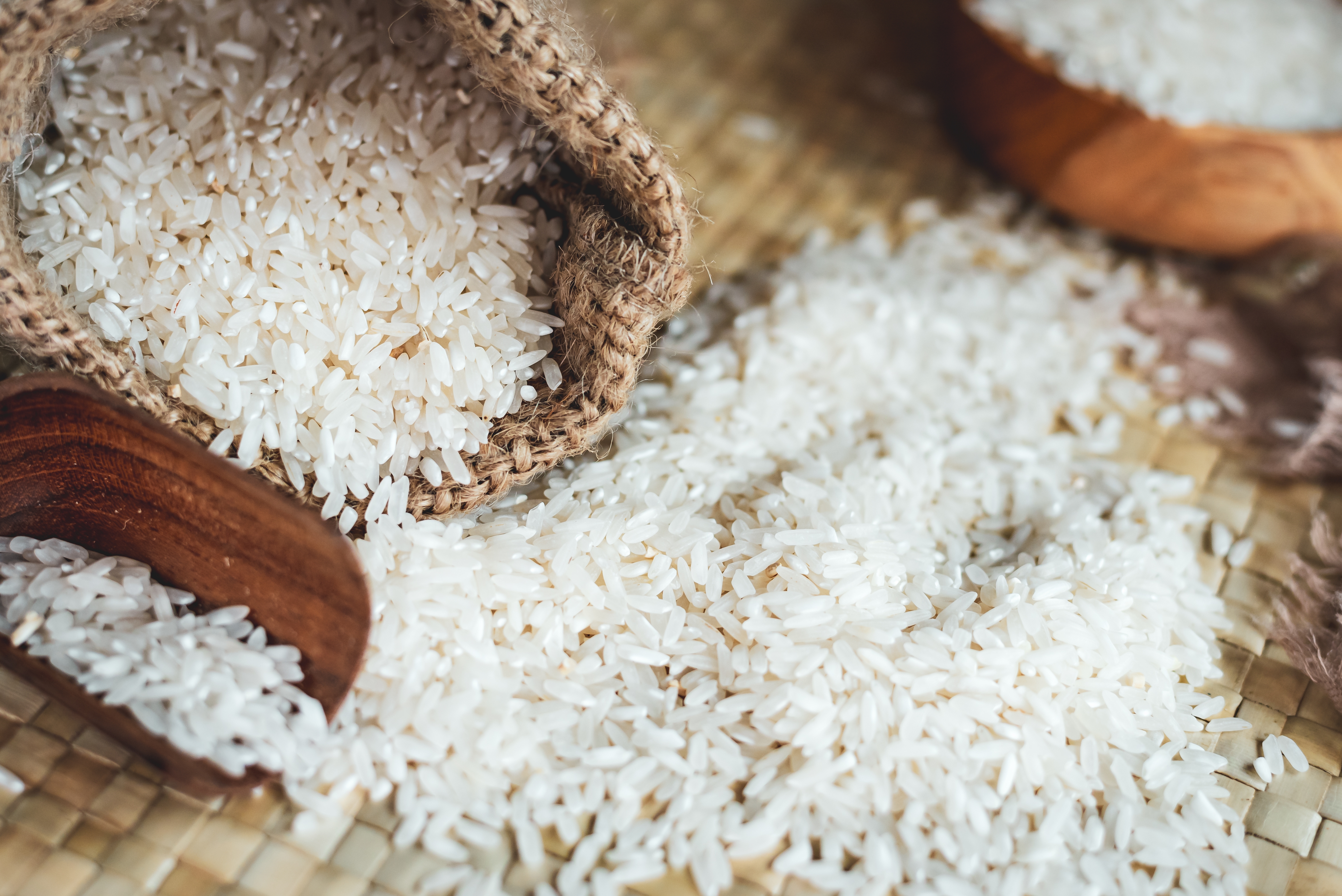12 Popular Foods Most Commonly Recalled and Why
In the intricate landscape of food safety, recalls are a crucial mechanism that protects consumers from potential health risks. These recalls occur when food products are identified as unsafe due to contamination, mislabeling, or other safety concerns. The process is meticulous, involving regulatory bodies, manufacturers, and retailers, all working to ensure public safety. Understanding the reasons behind food recalls not only helps consumers make informed choices but also sheds light on the complexities of food production and distribution. This exploration delves into the top 12 foods most frequently subject to recalls, examining the underlying factors that contribute to these vulnerabilities. From leafy greens to processed meats, each food category presents unique challenges and insights into the broader food safety landscape.
1. Leafy Greens: The Hidden Risks in Your Salad Bowl

Leafy greens, such as spinach and lettuce, are often at the forefront of food recalls due to their susceptibility to contamination by pathogens like E. coli and Salmonella. These pathogens can be introduced at various stages of production, from irrigation with contaminated water to handling during packaging. The popularity of ready-to-eat salad mixes has exacerbated these risks, as the convenience of pre-washed greens often leads to complacency in washing them before consumption. The agricultural practices and supply chain logistics involved in producing leafy greens add layers of complexity to ensuring their safety. Understanding these dynamics is crucial for both consumers and producers in mitigating the risks associated with these nutritious yet vulnerable foods.
2. Poultry Products: A Closer Look at Pathogen Prevalence

Poultry products, including chicken and turkey, are frequently recalled due to contamination with bacteria such as Salmonella and Campylobacter. These pathogens pose significant health risks, particularly because poultry is a staple protein source worldwide. The intensive farming practices and high demand for poultry products create an environment where bacteria can thrive. Additionally, the processing and packaging stages present further opportunities for contamination. Regulatory agencies impose strict guidelines to manage these risks, but challenges remain in consistently implementing these standards across the industry. Exploring the reasons behind poultry recalls highlights the need for robust safety protocols and consumer awareness in handling and cooking these products.
3. Dairy Dilemmas: Understanding Recalls in Milk and Cheese

Dairy products, particularly milk and cheese, are prone to recalls due to contamination with Listeria monocytogenes, a bacterium that can survive in cold environments and poses severe health risks to vulnerable populations. The production of dairy involves multiple stages where contamination can occur, from milking and pasteurization to packaging and distribution. Unpasteurized or raw milk products are especially risky, as they bypass the heat treatment designed to eliminate harmful bacteria. The complexities of dairy production, coupled with the diverse range of products, make recalls a significant concern in this sector. Consumers must be vigilant about the sources of their dairy products and adhere to safety guidelines to minimize the risks associated with these recalls.
4. Processed Meats: The Challenges of Ensuring Safety

Processed meats, such as sausages, deli meats, and hot dogs, are often recalled due to contamination with Listeria and other pathogens. The processing steps, including grinding, mixing, and curing, provide multiple opportunities for bacteria to be introduced and proliferate. Additionally, the long shelf life of processed meats means that contaminated products might remain in circulation for extended periods, increasing the potential for widespread outbreaks. The complexity of supply chains and the variety of additives used in processed meats further complicate recall efforts. Understanding the intricacies of processed meat production and the factors that lead to recalls is vital for both industry stakeholders and consumers in addressing these safety challenges.
5. Seafood Safety: Navigating the Waters of Recalls

Seafood, encompassing a wide range of products from fish to shellfish, faces unique recall challenges due to contamination with pathogens, biotoxins, and chemical pollutants. The aquatic environment is inherently variable, with factors such as water quality and temperature influencing the safety of seafood. Additionally, the global nature of the seafood industry means that products often travel long distances, increasing the risk of contamination and spoilage. Recalls in this category highlight the importance of stringent quality control measures and traceability throughout the supply chain. Consumers must be aware of the potential risks and ensure they purchase seafood from reputable sources to minimize the likelihood of encountering recalled products.
6. Nut and Seed Recalls: A Nutty Problem

Nuts and seeds, including products like peanut butter and sunflower seeds, are susceptible to recalls due to contamination with Salmonella and aflatoxins, a type of toxin produced by mold. The drying and storage processes for nuts and seeds can create environments conducive to mold growth, leading to the production of aflatoxins. Additionally, the widespread use of nuts and seeds in various food products increases the potential for contamination to affect multiple items. The complexity of global supply chains and varying safety standards across countries further complicate recall efforts. Understanding the risks associated with nuts and seeds is crucial for consumers and manufacturers in ensuring these nutritious foods remain safe for consumption.
7. Grain and Cereal Products: The Recall Concerns

Grain and cereal products, including flour, rice, and breakfast cereals, are often recalled due to contamination with pathogens like E. coli and Salmonella, as well as the presence of foreign objects. The large-scale production and processing of grains present numerous opportunities for contamination, from harvesting and milling to packaging and distribution. Additionally, the use of grains as ingredients in a wide range of food products means that recalls can have far-reaching effects. Ensuring the safety of grain and cereal products requires rigorous quality control measures and adherence to safety standards throughout the supply chain. Consumers should be mindful of recall notices and practice safe food handling to mitigate the risks associated with these staple foods.
8. Frozen Foods: The Icy Challenges of Recalls

Frozen foods, ranging from vegetables to entrees, face recall challenges due to contamination with pathogens and foreign objects. The freezing process is designed to preserve food and prevent the growth of bacteria, but contamination can occur before freezing or during packaging. Additionally, the long shelf life of frozen foods means that contaminated products may remain in circulation for extended periods, increasing the potential for widespread recalls. The convenience and popularity of frozen foods underscore the importance of maintaining rigorous safety standards and monitoring throughout the production process. Consumers should be vigilant about checking recall notices and ensuring proper storage and cooking of frozen products to minimize risks.
9. Canned Goods: The Recall Risks in Preservation

Canned goods, including vegetables, fruits, and soups, are subject to recalls primarily due to contamination with Clostridium botulinum, a bacterium that produces a potent toxin. The canning process is designed to eliminate pathogens through heat treatment, but failures in this process can lead to contamination. Additionally, issues such as can corrosion or sealing defects can compromise the safety of canned products. The long shelf life of canned goods means that contaminated products may remain in circulation for extended periods, posing significant health risks. Understanding the recall risks associated with canned goods is crucial for consumers and manufacturers in ensuring the safety of these preserved foods.
10. Fruit and Vegetable Recalls: The Fresh Produce Dilemma

Fresh fruits and vegetables are often recalled due to contamination with pathogens like E. coli, Salmonella, and Listeria. The agricultural practices and supply chain logistics involved in producing fresh produce create multiple opportunities for contamination, from irrigation with contaminated water to handling during harvest and packaging. The popularity of fresh produce and the trend towards raw consumption increase the potential for exposure to harmful bacteria. Ensuring the safety of fruits and vegetables requires rigorous quality control measures and adherence to safety standards throughout the supply chain. Consumers should be vigilant about washing fresh produce and staying informed about recall notices to minimize risks.
11. Egg Recalls: Cracking the Shell of Safety Concerns

Eggs are frequently recalled due to contamination with Salmonella, a bacterium that can be present on the shell or inside the egg. The intensive farming practices and high demand for eggs create an environment where bacteria can thrive. Additionally, the handling and packaging stages present further opportunities for contamination. Regulatory agencies impose strict guidelines to manage these risks, but challenges remain in consistently implementing these standards across the industry. Exploring the reasons behind egg recalls highlights the need for robust safety protocols and consumer awareness in handling and cooking these products. Eggs are a versatile and nutritious food, but understanding the risks associated with recalls is crucial for ensuring their safety.
12. Beverage Recalls: The Liquid Landscape of Safety

Beverages, including juices, sodas, and bottled water, face recall challenges due to contamination with pathogens, chemical pollutants, and foreign objects. The production and packaging processes for beverages involve multiple stages where contamination can occur. Additionally, the global nature of the beverage industry means that products often travel long distances, increasing the risk of spoilage and contamination. Recalls in this category highlight the importance of stringent quality control measures and traceability throughout the supply chain. Consumers must be aware of the potential risks and ensure they purchase beverages from reputable sources to minimize the likelihood of encountering recalled products.
The Path Forward in Food Safety

The exploration of the top 12 foods facing recalls reveals the intricate and multifaceted challenges of ensuring food safety. Each food category presents unique risks and complexities, from the agricultural practices involved in producing leafy greens to the processing and packaging of poultry and dairy products. Understanding the reasons behind recalls and the steps involved in managing them is crucial for consumers, manufacturers, and regulatory bodies alike. As the food industry continues to evolve, the importance of robust safety protocols, consumer awareness, and technological advancements in traceability and quality control cannot be overstated. By staying informed and vigilant, we can navigate the complex world of food recalls and contribute to a safer food supply for all.